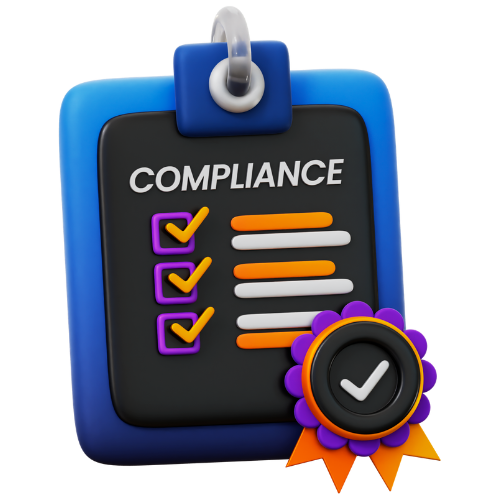How to Prepare for an IEC Registration Audit
Learn practical tips and strategies to prepare for an IEC registration audit in this comprehensive guide. Ensure compliance with all regulatory requirements and increase your chances of a successful audit outcome.
How to Prepare for an IEC Registration Audit
Preparing for an IEC registration audit can be a daunting task, but with the right strategies and tips, you can ensure compliance with all regulatory requirements and increase your chances of a successful audit outcome. In this comprehensive guide, we will discuss practical tips and strategies to help you prepare for an IEC registration audit effectively.
Understanding Regulatory Requirements
Before you begin preparing for an IEC registration audit, it is essential to have a solid understanding of the regulatory requirements that govern your industry. Familiarize yourself with the IEC standards that apply to your organization and ensure that you are in full compliance with all relevant regulations.
Audit Preparation Guide
Develop a comprehensive audit preparation guide that outlines all the necessary steps you need to take to prepare for the IEC registration audit. This guide should include a checklist of tasks, deadlines, and responsibilities to ensure that nothing is overlooked during the preparation process.
Tips for Successful Audit
Here are some practical tips to help you prepare for a successful IEC registration audit:
1. Start Early
It is essential to start your audit preparation early to give yourself enough time to review all processes and procedures thoroughly. Rushing through the preparation process can lead to oversights and mistakes that could negatively impact the audit outcome.
2. Conduct Mock Audits
Conducting mock audits can help you identify any potential areas of non-compliance and address them before the actual audit takes place. Mock audits can also help familiarize your team with the audit process and reduce anxiety on the day of the audit.
3. Review Documentation
Review all relevant documentation, including policies, procedures, and records, to ensure that they are up-to-date and in compliance with IEC standards. Make sure that all documentation is organized and readily accessible to the audit team.
4. Train Your Team
Provide training to your team members on the audit process, their roles and responsibilities during the audit, and the importance of compliance with regulatory requirements. Well-trained staff can help ensure a smooth audit process and a successful outcome.
Audit Readiness
Being audit-ready is crucial to the success of your IEC registration audit. Make sure that your organization is well-prepared by following these tips:
1. Communication
Effective communication is key to audit readiness. Ensure that all team members are aware of the audit schedule, their roles and responsibilities, and the importance of compliance with regulatory requirements. Encourage open communication to address any concerns or questions leading up to the audit.
2. Identify Risks
Identify potential risks that could affect the outcome of the audit and develop strategies to mitigate them. Addressing risks proactively can help prevent non-compliance issues during the audit.
3. Continuous Improvement
Engage in continuous improvement efforts to enhance your organization's processes and systems. Regularly review and update your procedures to ensure they align with current IEC standards and best practices.
Audit Compliance Strategies
To ensure compliance with regulatory requirements during the audit, consider implementing the following strategies:
1. Document Control
Implement a robust document control system to manage and track all documentation related to your organization's processes and procedures. This system should ensure that documents are up-to-date, easily accessible, and secure.
2. Risk Management
Develop a comprehensive risk management plan that identifies and addresses potential risks that could impact compliance with regulatory requirements. Regularly review and update your risk management plan to stay ahead of potential issues.
3. Employee Training
Provide regular training to your employees on compliance with regulatory requirements and IEC standards. Well-trained employees are more likely to identify and address compliance issues before they become audit findings.
Audit Outcome
After the audit is complete, it is essential to review the findings and implement any necessary corrective actions. Here are some tips to help you manage the audit outcome effectively:
1. Corrective Actions
Implement corrective actions promptly to address any non-compliance issues identified during the audit. Develop a timeline for implementing corrective actions and assign responsibilities to ensure that they are completed in a timely manner.
2. Follow-Up
After implementing corrective actions, follow up with the audit team to ensure that the issues have been adequately addressed. Provide evidence of compliance where necessary to verify that corrective actions have been effective.
3. Continuous Monitoring
Establish a process for continuous monitoring of your organization's compliance with regulatory requirements and IEC standards. Regularly review and update your procedures to prevent non-compliance issues from recurring in the future.
Preparing for an IEC registration audit requires careful planning and attention to detail. By understanding regulatory requirements, following audit preparation best practices, and implementing compliance strategies, you can increase your chances of a successful audit outcome. Remember to stay proactive, communicate effectively, and engage in continuous improvement efforts to ensure that your organization remains audit-ready at all times.
Latest Updates
ca4filings.com Services
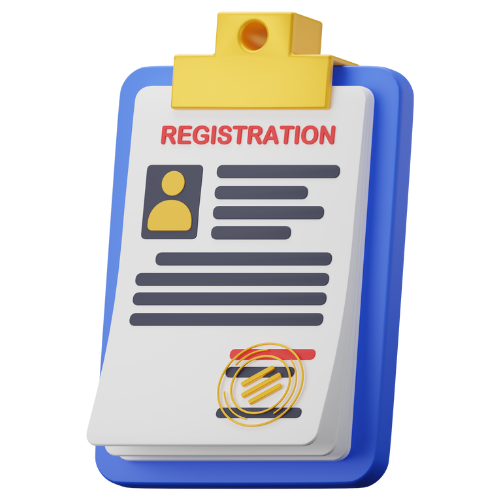








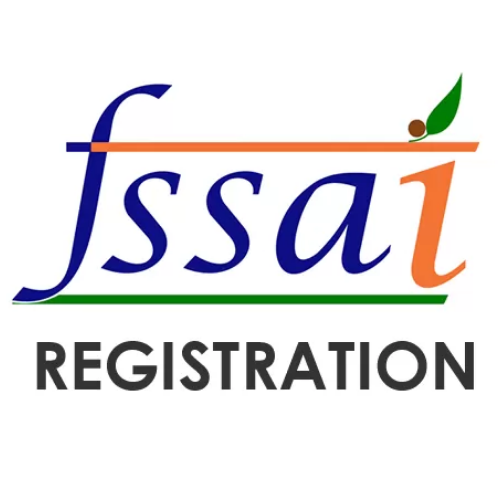





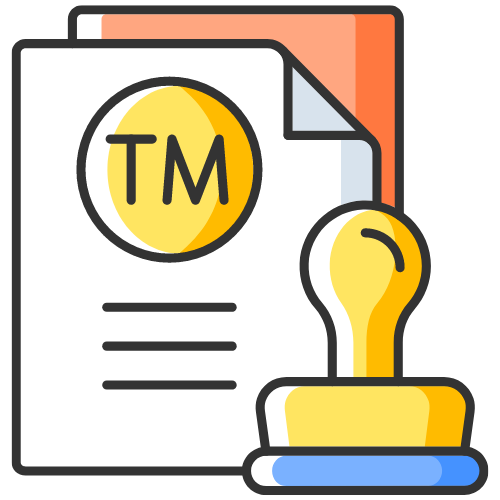








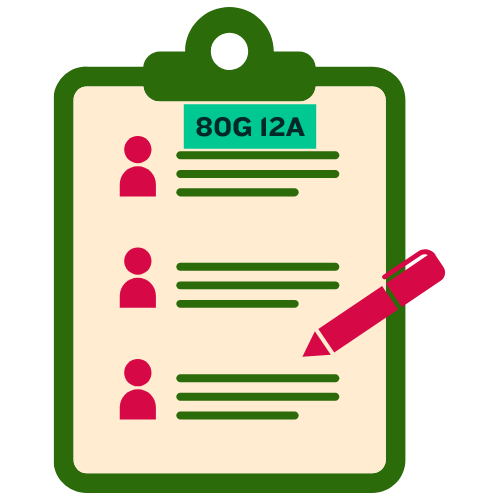


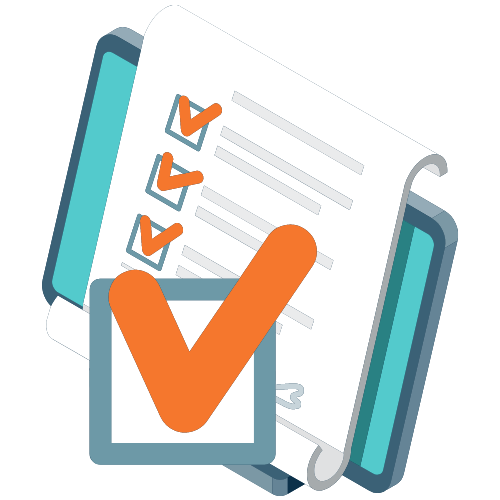
-registration.png)

